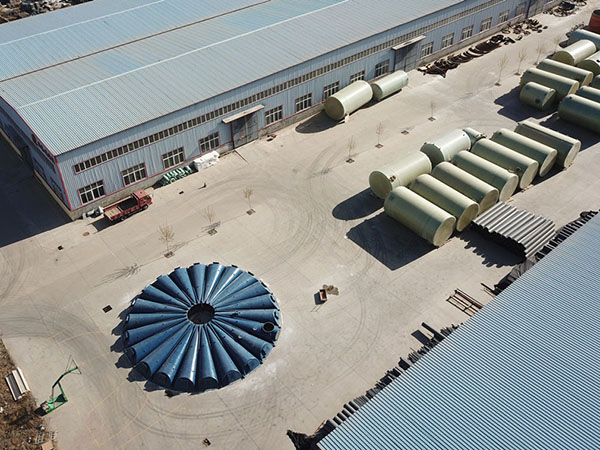
-
 Afrikaans
Afrikaans -
 Albanian
Albanian -
 Amharic
Amharic -
 Arabic
Arabic -
 Armenian
Armenian -
 Azerbaijani
Azerbaijani -
 Basque
Basque -
 Belarusian
Belarusian -
 Bengali
Bengali -
 Bosnian
Bosnian -
 Bulgarian
Bulgarian -
 Catalan
Catalan -
 Cebuano
Cebuano -
 China
China -
 China (Taiwan)
China (Taiwan) -
 Corsican
Corsican -
 Croatian
Croatian -
 Czech
Czech -
 Danish
Danish -
 Dutch
Dutch -
 English
English -
 Esperanto
Esperanto -
 Estonian
Estonian -
 Finnish
Finnish -
 French
French -
 Frisian
Frisian -
 Galician
Galician -
 Georgian
Georgian -
 German
German -
 Greek
Greek -
 Gujarati
Gujarati -
 Haitian Creole
Haitian Creole -
 hausa
hausa -
 hawaiian
hawaiian -
 Hebrew
Hebrew -
 Hindi
Hindi -
 Miao
Miao -
 Hungarian
Hungarian -
 Icelandic
Icelandic -
 igbo
igbo -
 Indonesian
Indonesian -
 irish
irish -
 Italian
Italian -
 Japanese
Japanese -
 Javanese
Javanese -
 Kannada
Kannada -
 kazakh
kazakh -
 Khmer
Khmer -
 Rwandese
Rwandese -
 Korean
Korean -
 Kurdish
Kurdish -
 Kyrgyz
Kyrgyz -
 Lao
Lao -
 Latin
Latin -
 Latvian
Latvian -
 Lithuanian
Lithuanian -
 Luxembourgish
Luxembourgish -
 Macedonian
Macedonian -
 Malgashi
Malgashi -
 Malay
Malay -
 Malayalam
Malayalam -
 Maltese
Maltese -
 Maori
Maori -
 Marathi
Marathi -
 Mongolian
Mongolian -
 Myanmar
Myanmar -
 Nepali
Nepali -
 Norwegian
Norwegian -
 Norwegian
Norwegian -
 Occitan
Occitan -
 Pashto
Pashto -
 Persian
Persian -
 Polish
Polish -
 Portuguese
Portuguese -
 Punjabi
Punjabi -
 Romanian
Romanian -
 Russian
Russian -
 Samoan
Samoan -
 Scottish Gaelic
Scottish Gaelic -
 Serbian
Serbian -
 Sesotho
Sesotho -
 Shona
Shona -
 Sindhi
Sindhi -
 Sinhala
Sinhala -
 Slovak
Slovak -
 Slovenian
Slovenian -
 Somali
Somali -
 Spanish
Spanish -
 Sundanese
Sundanese -
 Swahili
Swahili -
 Swedish
Swedish -
 Tagalog
Tagalog -
 Tajik
Tajik -
 Tamil
Tamil -
 Tatar
Tatar -
 Telugu
Telugu -
 Thai
Thai -
 Turkish
Turkish -
 Turkmen
Turkmen -
 Ukrainian
Ukrainian -
 Urdu
Urdu -
 Uighur
Uighur -
 Uzbek
Uzbek -
 Vietnamese
Vietnamese -
 Welsh
Welsh -
 Bantu
Bantu -
 Yiddish
Yiddish -
 Yoruba
Yoruba -
 Zulu
Zulu
fiberglass step
Understanding Fiberglass Steps Advantages and Applications
In recent years, fiberglass steps have emerged as a popular choice in both residential and commercial settings. These innovative structures offer a variety of benefits over traditional materials, making them an attractive option for many builders and homeowners. In this article, we will explore the advantages of fiberglass steps, their applications, and why they are becoming increasingly favored in construction and design.
Fiberglass, a composite material made of fine glass fibers and resin, is renowned for its strength-to-weight ratio. This means that fiberglass steps are not only incredibly strong but also lightweight, making them easy to transport and install. The durability of fiberglass is particularly noteworthy; it is resistant to corrosion, rust, and decay, which are common issues with materials like wood and metal. Consequently, fiberglass steps can withstand harsh weather conditions and require less maintenance compared to traditional alternatives.
One of the standout features of fiberglass steps is their versatility regarding design. Fiberglass can be molded into various shapes and sizes, enabling designers to create customized steps that fit specific architectural needs. Whether for residential patios, commercial buildings, or public spaces, fiberglass steps can be manufactured to match the aesthetic of the surroundings. Additionally, fiberglass can be produced in a range of colors and finishes, allowing for creative expressions that align with the overall design vision.
Safety is another crucial consideration when it comes to steps and stairways. Fiberglass steps can be designed with textured surfaces that provide slip resistance, which is an essential feature in both indoor and outdoor applications. This makes them an ideal choice for pool areas, public walkways, and any space where safety is a paramount concern. Furthermore, fiberglass steps can be complemented with handrails and other safety features that add to both functionality and appearance.
fiberglass step

The environmental impact of building materials is an increasingly important factor for both consumers and developers. Fiberglass is often regarded as a more eco-friendly option because it can be produced from recycled materials and has a longer lifespan. Fewer replacements mean less waste, and since fiberglass does not require the use of harmful preservatives like some woods do, it can be a more sustainable choice in the long run.
The installation process for fiberglass steps is also relatively straightforward. They can be prefabricated in a controlled environment and then installed on-site, reducing construction time. This prefabrication aspect not only speeds up the building process but also minimizes disruption to the surrounding area during construction.
In terms of cost, fiberglass steps can be a more economical solution over time. While the initial investment might be higher than wood, the longevity and reduced maintenance costs tend to make fiberglass a more cost-effective option in the long run. Homeowners and business owners alike appreciate the savings associated with fewer repairs and replacements, which can often accumulate with traditional building materials.
In conclusion, fiberglass steps present a multitude of advantages that make them an excellent choice for various building projects. Their combination of strength, durability, aesthetic versatility, safety features, and environmental benefits position them as a leading option in modern construction. Understanding these qualities can help homeowners, builders, and designers make informed decisions when selecting materials for their projects. As the construction industry continues to evolve, fiberglass steps will likely play an increasingly vital role in shaping functional and beautiful spaces.









